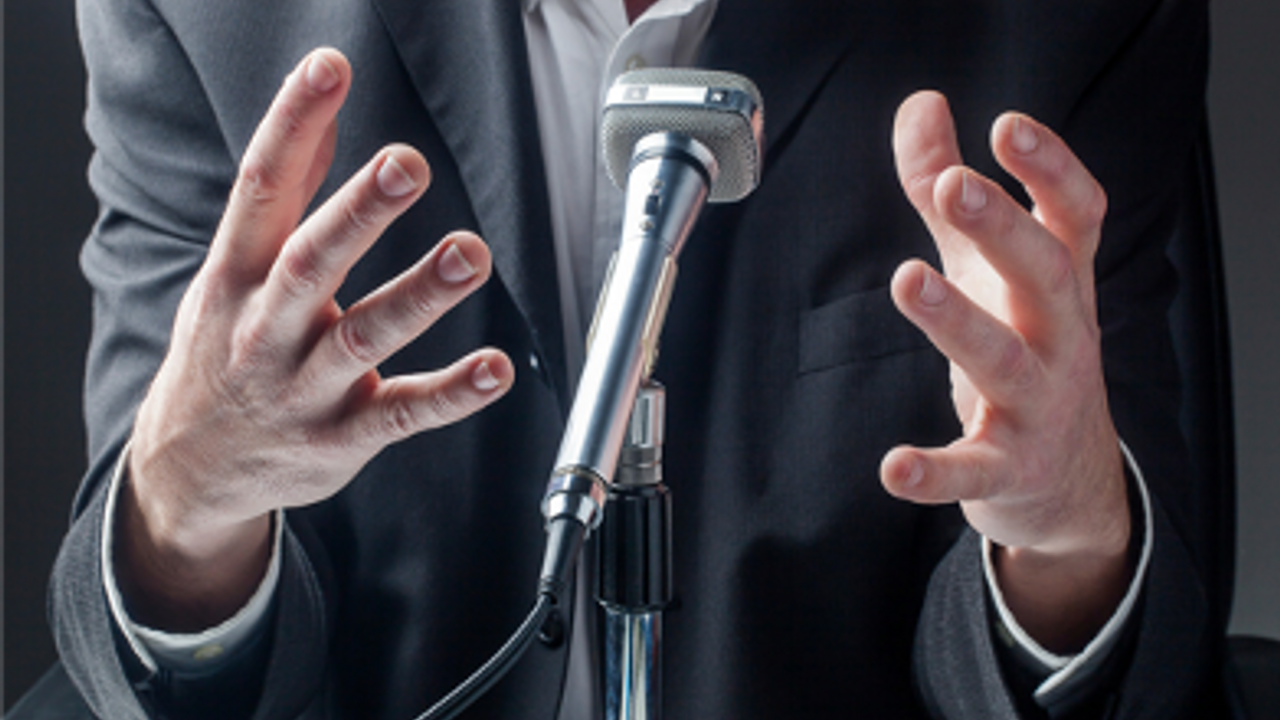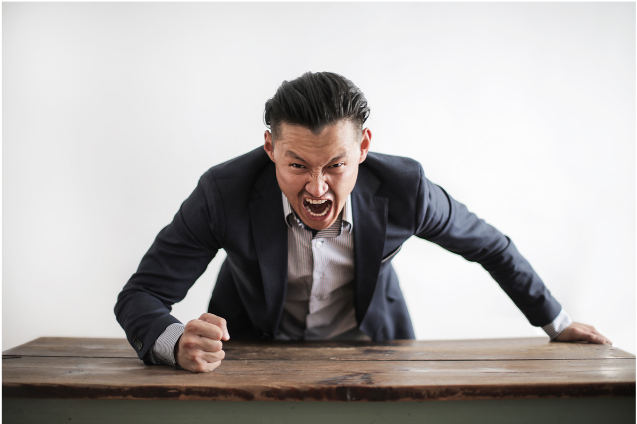It’s not what you say… The importance of body language in your media interviews.
Aug 04, 2021
We’ve all seen the squirming politician, the red-faced celebrity or the well-meaning, yet utterly clueless spokesperson.
There they are, on our screens, brainwashed with the ‘company line’ of statement or opinions and truthfully, we haven’t the faintest idea what they are talking about, or the message they are trying to convey.
Because it’s not about their words. We take next to no notice of what is coming out of their mouths because all we can see, and all that is resonating is the awkwardness of their stance, the lack of eye contact, the visible ‘fear’ of getting it wrong, or the pure lack of confidence in what they are saying when in ‘crisis’ mode.

How you share your message, is as important as what that message is – it's not what we say, it’s how we say it. And the delivery of your words, statements, messages and opinions in a media interview scenario will always come across more credible when accompanied by the appropriate body language.
Understanding positive body language, alongside the other aspects of media and presentation training is setting yourself up for interview success and increases your confidence as a spokesperson before you’ve even said a word.
At The Communications Works, we know interviews can be stressful, but with preparation there is never a need to panic. Raising your own blood pressure is the last thing you need before meeting an editor or journalist, and here are 6 ways to consider your body language before your next media opportunity.
Lean in...
Sitting up straight is imperative, but can also look and feel a bit stiff. If you lean slightly towards the speaker, this conveys a positive interest in the interviewer and shows you are alert and invested in the conversation – not too close though – nobody wants to become the next twitter meme!
The eyes have it...
Our standard advice is to make sure you fixate on the interviewer – looking to the side, the ceiling, the floor, or your hands would make you look nervous or disinterested and nobody wants either. Our only caveat is that you may need to practice this, there is a fine line between solid, positive eye contact and staring someone out! But seriously, we all have different faces and different nuances, so we genuinely recommend you practice your ‘listening face’ with someone else, as you may not be aware of how you will come across on camera.
Hands on...
Not literally, but some of us communicate a lot with our hands, and whilst this is expressive and can make us the essence of ‘who we are’ - we need to consider whether constantly gesticulating comes across as endearing or just plain annoying. Again, practice – some movement is great for accentuation and supplementing your speech, we recommend it, but natural and controlled is key!

Bad habits...
We all have them! If you are a fidgeter, a seat swiveller or a leg twitcher, it’s time to be conscious of these or other involuntary movements usually caused by nervousness, as we mention above regarding eye contact, be aware and work on cutting these out of your interview scenario.
Annoyed?
Even if you are trying your hardest to stay positive in the face of a negative sounding question or opinion, it’s important not to show it. Typical body language for those that do would include an eye roll, or a heavy sigh. As hard as it may be, being annoyed is never a good look for a spokesperson or company executive or CEO on camera, or even radio. Being visibly frustrated with a line of questioning will look like you have something to hide.

The sympathy vote...
Calm and composed resonates very well with audiences. Especially in crisis communications – we need them on our side. It’s not easy - our subconscious actions or nervousness can show the opposite of what we want to convey, so practice; in front of another person, on camera, or even the mirror, leaving you confident in your concentration, messaging and body language. And it’s worth it when you are looking to leave an impression with your message.
Preparing yourself for media interviews and interaction can feel overwhelming - The Communications Works offers training and coaching with media, journalists, and PR professionals all with global, top-tier experience. Preparation is crucial to a successful outcome for your brand or organisation, and we can help with training for delivery, and message creation for key spokespeople and heads of organisations. Download brochure here or get in touch for a bespoke quote to meet your media training needs.
FREE DOWNLOAD
THE ULTIMATE ONLINE PRESENTATION CHECKLIST
Online presentations might look easy, but they are actually harder than they appear. In this essential guide we share with you our tried and tested techniques to master your online presentations.


